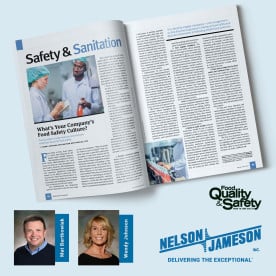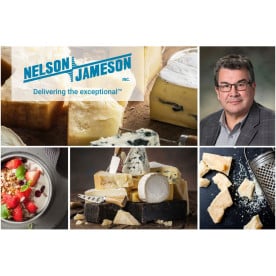Monthly Archives: December 2012
- December 06, 2012
This is the conclusion of Dan Strongin's series of columns.
This is the final post of my series, and I intend to tie together some of the earlier pieces, and hopefully leave you all with a clearer picture of just what makes Nelson-Jameson such a special company.
Dan: What are the advantages of buying from a family business?
Jerry: Over the years I've asked or have been asked "Who is most responsible for bad cheese being made?" The answers generally range from "cultures" to this, that, and the other. But a wise person once gave me an answer that I think is most accurate: "the accountants." This person had lots of experience in cheesemaking and consulting; it is a





